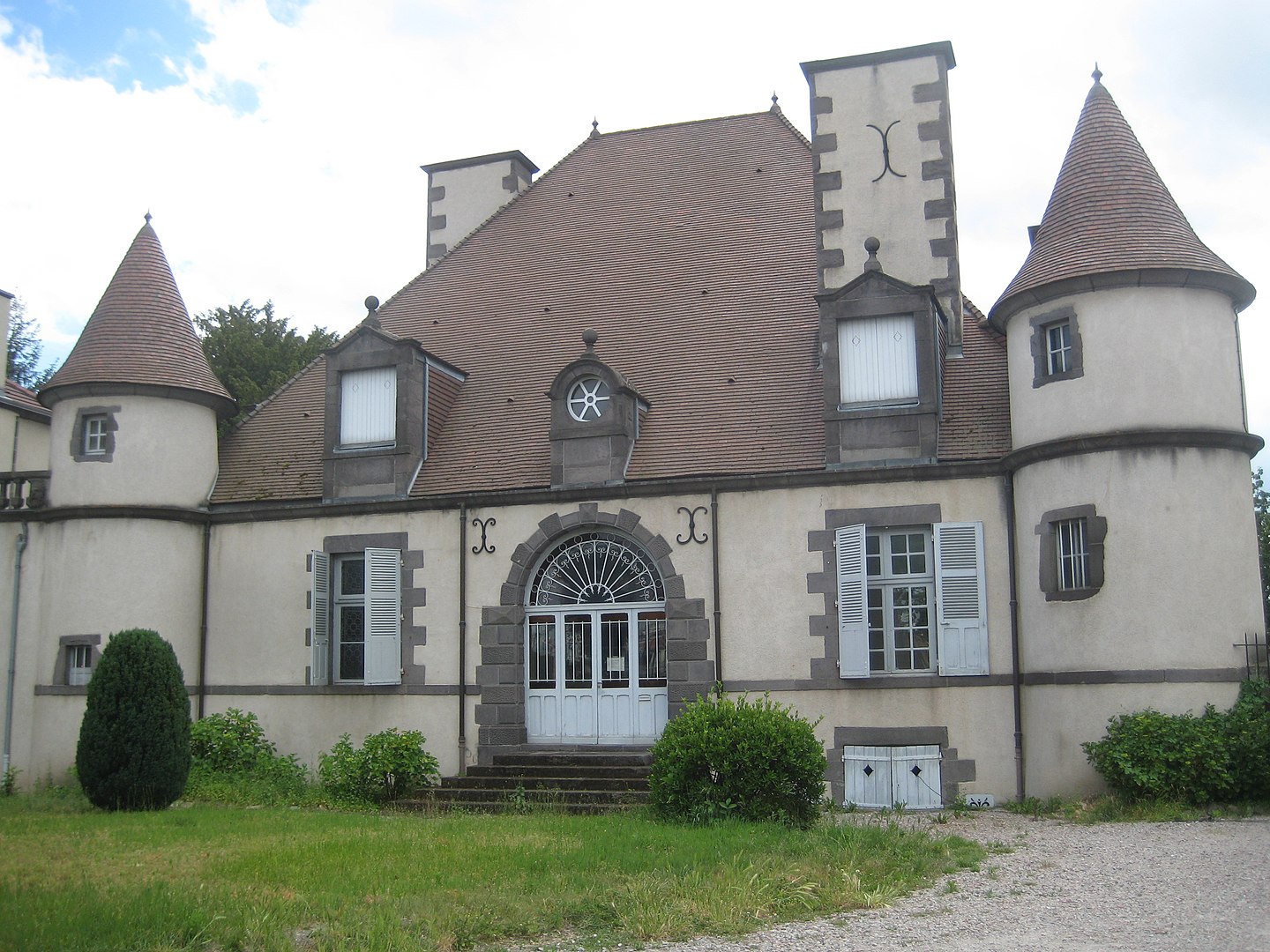Discover the incredible journey of Charles-Guillaume Castaing, a free man of color from Saint-Domingue who became related by marriage to Napoleon. His story intertwines social ascent, forbidden love, and political exile.
Caught in the turmoil of the French Revolution
The story of Guillaume Castaing, a free man of color from Saint-Domingue, and his improbable union with Françoise de Beauharnais, cousin of Empress Joséphine, reveals the deep contradictions of post-revolutionary France. Between social integration, political ascent, and institutional racism, Castaing’s fate embodies the struggle for the recognition of Black elites at a time when proclaimed equality clashed with racial prejudices. This tale of passion, betrayal, and ambition echoes the ongoing fight for justice and dignity for African descendants in Europe.
A thwarted ascent
Charles-Guillaume Castaing’s story is that of a man at the crossroads of two worlds: Saint-Domingue, the jewel of the Caribbean, and France, the cradle of Enlightenment and revolutions. At the end of the 18th century, while republican ideals proclaimed equality for all citizens, the social reality remained marred by persistent racial hierarchies. Castaing, a free mulatto and influential figure at the Convention, experienced this harsh reality firsthand.
His marriage to Marie-Françoise de Beauharnais, first cousin and sister-in-law to Joséphine de Beauharnais, the future Empress of France, embodied the hope of republican meritocracy. However, Napoleon Bonaparte’s rise to power shattered these aspirations. Castaing became “the Negro” despised by the Emperor, exiled to the Meuse, far from the splendor of Paris.
The “Grand Mulattoes”

Charles-Guillaume Castaing, the Forgotten Aristocrat of Color of the Empire
Free Women of Color with Their Children and Servants, oil on canvas by Agostino Brunias, Brooklyn Museum, New York.
Contrary to popular belief, Charles-Guillaume Castaing was not born to a white colonist and a Black slave. He was the product of a union between free mulattoes, belonging to the Creole elite that navigated the dominant spheres of both Saint-Domingue and mainland France. His father, Guillaume Castaing, also a free mulatto, had established his presence in Paris, successfully winning a legal case against an influential merchant from Nantes in 1780.
This social ascent was based on strategic alliances and the ability to navigate the legal and social complexities of the time. The Castaings did not merely manage plantations; they integrated themselves into influential networks, both in France and in the colonies.
The Beauharnais connection
The French Revolution upended established hierarchies. In 1794, during the height of the Reign of Terror, Castaing, influential within the Convention, saved Marie-Françoise de Beauharnais from the guillotine. Their marriage, celebrated in 1797 in Paris, sealed the union of two worlds: the free people of color from Saint-Domingue and the French aristocracy undergoing transformation.
This alliance placed Castaing within the inner circle of Joséphine de Beauharnais. However, this proximity became a burden when Napoleon, hostile to any challenge to racial order, came to power. The Revolution, which had enabled the emancipation of free people of color, turned against them under the Empire.
Internal exile in Sampigny

In 1801, Napoleon Bonaparte, referring to Castaing with the derogatory term “Negro,” exiled him and his family to the Château de Sampigny in the Meuse. Officially the “governor” of the estate, Castaing was, in reality, under house arrest and forbidden from appearing in Paris.
This banishment illustrates the resurgence of racial prejudices under the Empire. Although equality had been proclaimed in 1792, Napoleonic repression against former revolutionary people of color was ruthless. Castaing, once a political actor in Parisian life, was silenced in a remote province.
A family between integration and ostracism
Despite their proximity to imperial power, the Castaing family could not fully integrate into the French elite. Their matrimonial alliances with white families, such as the Beauharnais, did not prevent their gradual marginalization.
Charles-Guillaume’s descendants, far from shining in the spheres of power, faded into obscurity in Sampigny and Sézanne. Racial contempt persisted, confining these “aristocrats of color” to an ambiguous position—neither fully accepted nor entirely excluded.
The shadow of the enlightenment
The story of Charles-Guillaume Castaing reflects the dashed hopes of an era that proclaimed equality while perpetuating racial hierarchies. His journey from Saint-Domingue to the Convention, followed by internal exile, reveals the limitations of republican ideals in the face of deep-seated prejudices within French society.
His experience raises questions about societies’ capacity to genuinely integrate diversity beyond principled declarations. More than two centuries later, Castaing’s fate resonates as a reminder of the unfinished struggles for equality and recognition of Afro-descendants’ contributions to French history.
Sources
- Érick Noël, Les Castaing, des « aristocrates de couleur » entre la France et Saint-Domingue (fin XVIIIe siècle – début XIXe siècle), 2003.
- Jacques de Cauna, L’Eldorado des Aquitains, Atlantica, 1998.
- Dominique Rogers, Catherine Françoise Ardisson, Dictionnaire des gens de couleur dans la France moderne, Droz, 2013.
- Stewart R. King, Blue Coat or Powdered Wig: Free People of Colour in Pre-revolutionary Saint-Domingue, University of Georgia Press, 2001.
